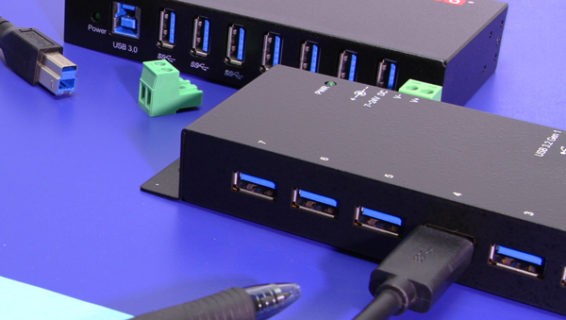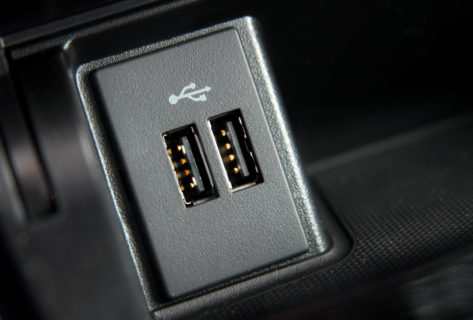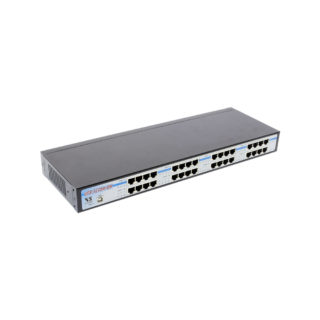When it comes to powering electronic devices, the choice between direct current (DC) and alternating current (AC) can significantly impact performance, efficiency, and application. In this article, we’ll break down the differences between DC and AC power, how each is used in various devices, and why our products are designed with a focus on DC power.
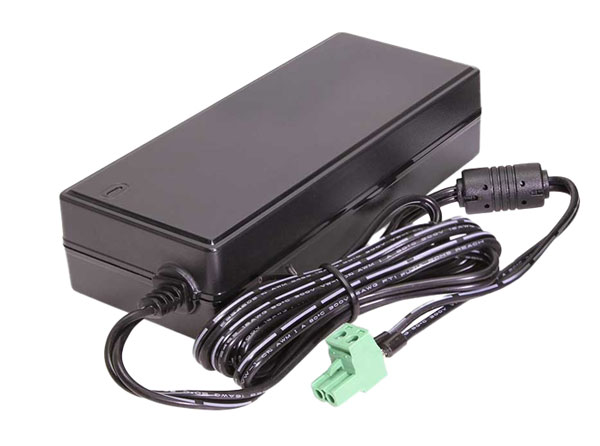
What is Direct Current (DC)?
Direct Current (DC) is a type of electrical current that flows in a single direction. The voltage in a DC circuit remains constant over time, making it ideal for powering electronic devices that require stable and reliable power. Batteries are the most common source of DC power, providing a steady voltage output that is essential for many applications.
- Characteristics of DC:
- Flows continuously in one direction.
- Voltage remains constant or changes very little over time.
- Commonly used in low-voltage applications, such as batteries, solar panels, and electronic devices.
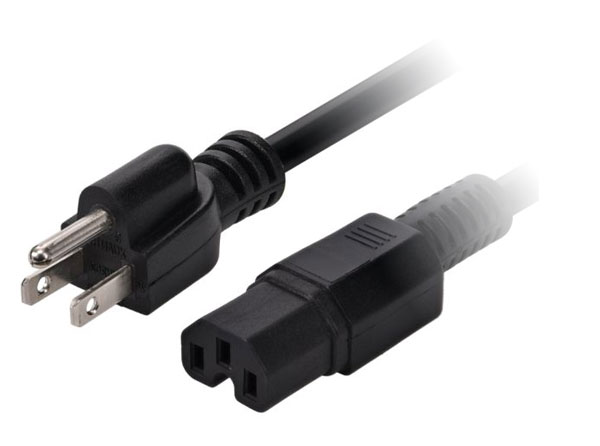 What is Alternating Current (AC)?
What is Alternating Current (AC)?
Alternating Current (AC), on the other hand, is an electrical current that periodically reverses direction. In an AC circuit, the voltage fluctuates over time, typically in a sinusoidal waveform. AC power is the standard for electricity supplied to homes and businesses, primarily due to its efficiency in transmitting power over long distances.
- Characteristics of AC:
- Changes direction periodically, typically at a frequency of 50 or 60 Hertz (Hz).
- Voltage levels vary, producing a waveform that can be complex.
- Commonly used for high-voltage applications, such as household outlets and industrial machinery.
Key Differences Between DC and AC
- Direction of Flow:
- DC: Flows in one direction.
- AC: Alternates direction periodically.
- Voltage Stability:
- DC: Voltage remains constant, providing stable power for sensitive electronics.
- AC: Voltage fluctuates, which can be less suitable for certain devices without conversion.
- Applications:
- DC: Ideal for electronics, batteries, solar power systems, and LED lighting.
- AC: Used for residential and commercial power distribution, motors, and heavy machinery.
Why Focus on DC Power in Electronics
At Coolgear, we focus on building devices that utilize DC power because of its advantages for electronic applications:
- Compatibility with Electronics: Most electronic devices, including smartphones, laptops, and tablets, operate on DC power. By providing DC power directly, our products ensure optimal performance and reliability.
- Efficiency in Power Consumption: DC power is generally more efficient for low-voltage applications. Devices designed for DC power can minimize energy loss during conversion from AC, leading to lower operating costs and reduced environmental impact.
- Simplicity of Design: Utilizing DC power simplifies the design of circuits and power supplies. This straightforward approach allows for smaller, lighter devices that are easier to integrate into various applications.
- Stability for Sensitive Equipment: Many electronic components, such as microcontrollers and sensors, require stable voltage levels for proper operation. DC power provides this stability, ensuring that devices perform as intended without the risk of voltage fluctuations.
- Integration with Renewable Energy Sources: As more devices are powered by renewable energy sources like solar panels, which generate DC power, having a strong focus on DC compatibility allows us to provide solutions that align with sustainable practices.
Conclusion
Understanding the differences between DC and AC power is essential for appreciating their roles in powering electronic devices. While AC power is suitable for high-voltage applications and long-distance transmission, DC power offers distinct advantages for electronics, including stability, efficiency, and compatibility. At Coolgear, our commitment to designing and manufacturing devices that utilize DC power ensures we meet the needs of modern electronics while promoting energy-efficient and sustainable solutions. By focusing on DC, we empower our customers with reliable products that are perfectly suited for today’s technology landscape.

